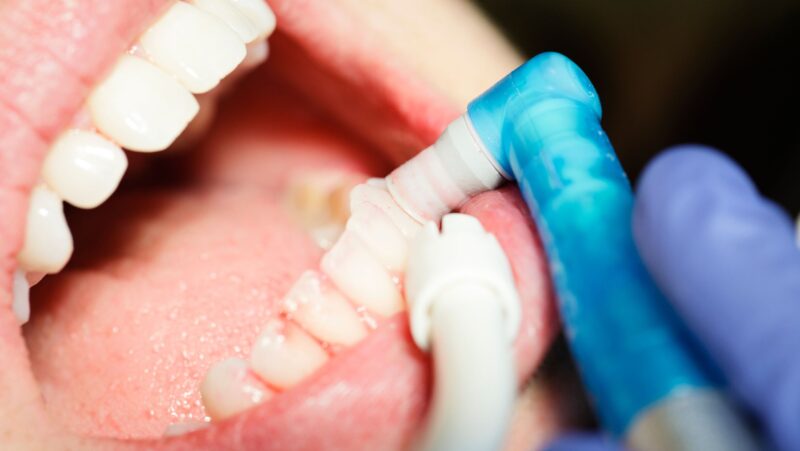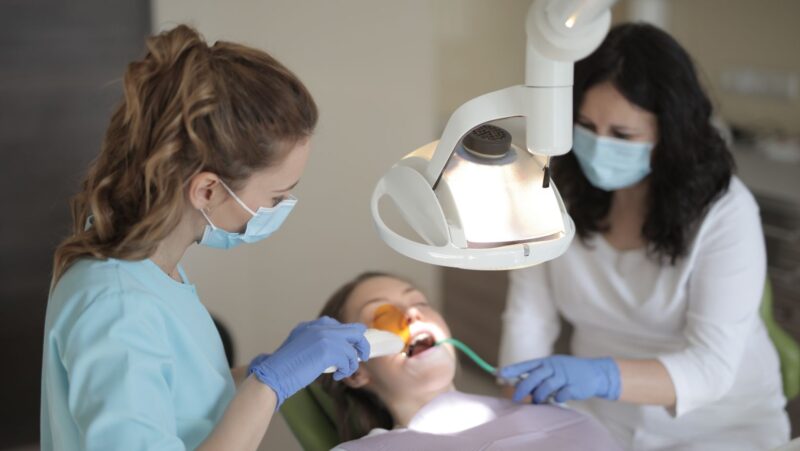
When traditional dental implants are not an option due to bone loss in the upper jaw, advanced techniques such as pterygoid implants and zygomatic implants can offer life-changing solutions. These specialized procedures are designed for patients who have limited bone structure but still want a stable, long-lasting foundation for their new teeth.
At You Smile Implant Center in Plymouth, WI, dentists often recommend these techniques to patients who have been told they are not good candidates for conventional implants. Understanding how these two implant types differ can help you make an informed choice about your dental treatment.
Why Conventional Implants Sometimes Aren’t Enough
Traditional dental implants require sufficient bone in the upper jaw to anchor the titanium post securely. However, factors such as long-term tooth loss, gum disease, or sinus expansion can cause significant bone loss over time. This makes implant placement challenging or, in some cases, impossible without bone grafting.
Pterygoid and zygomatic implants are alternatives that eliminate the need for bone grafts by anchoring the implant into stronger areas of the skull, providing both stability and durability.
What Are Pterygoid Implants?
Pterygoid implants are placed in the pterygoid region, which is located near the back of the upper jaw, behind the maxillary sinus. This area provides dense bone, making it ideal for securing implants when traditional upper jaw bone is insufficient.
Key characteristics of pterygoid implants:
- The implant is angled toward the pterygoid plate, an area with strong bone density.
- It avoids the need for sinus lift or bone graft surgery.
- It supports the back portion of a full arch prosthesis, improving bite strength and stability.
- It allows for immediate loading in many cases, meaning patients can often receive their new teeth on the same day.
Ideal candidates:
- Patients with moderate bone loss in the upper jaw.
- Those who need full-mouth rehabilitation.
- Individuals who prefer to avoid sinus lift procedures.
Benefits of pterygoid implants:
- High success rates and long-term durability.
- Reduced treatment time and faster recovery.
- Better chewing efficiency for full arch restorations.
- Enhanced stability for upper jaw prosthetics.
At You Smile Implant Center, these implants are often part of advanced full-mouth reconstruction plans for patients who have limited bone but desire fixed teeth instead of removable dentures.

What Are Zygomatic Implants?
Zygomatic implants are longer implants that anchor into the zygomatic bone, also known as the cheekbone. This bone is much denser than the upper jaw bone, providing a solid foundation even when severe bone loss has occurred in the maxilla.
Key characteristics of zygomatic implants:
- The implant is inserted at an angle from the upper jaw into the cheekbone.
- It can be combined with traditional or pterygoid implants for full-mouth restoration.
- It eliminates the need for bone grafting in patients with severe atrophy of the upper jaw.
Ideal candidates:
- Patients with advanced bone loss in the upper jaw.
- Those who have worn dentures for many years.
- Individuals seeking a permanent alternative to bone graft surgery.
Benefits of zygomatic implants:
- Immediate restoration with fixed teeth in many cases.
- Strong and stable support, even in extreme bone loss.
- Long lifespan with proper maintenance.
- Restores both function and facial aesthetics by preventing further bone resorption.
Zygomatic implants require a high level of surgical expertise and are typically performed by implant specialists experienced in complex anatomy, such as those at You Smile Implant Center in Plymouth.
Comparing Pterygoid and Zygomatic Implants
Although both options are used for patients with insufficient upper jaw bone, they differ in placement, complexity, and use case.
| Feature | Pterygoid Implants | Zygomatic Implants |
| Placement Area | Anchored in the pterygoid bone behind the maxilla | Anchored in the zygomatic (cheek) bone |
| Bone Graft Requirement | Not required | Not required |
| Indicated For | Moderate bone loss | Severe bone loss |
| Surgical Complexity | Moderate | High |
| Primary Use | Support for back teeth in full arch | Complete support for upper jaw restoration |
| Healing Time | Shorter | Slightly longer |
| Success Rate | Over 95% | Over 97% in skilled hands |
In some cases, dentists may combine both techniques to provide maximum support and stability for full-mouth reconstruction. This approach allows patients to regain full functionality without bone grafting or sinus lift surgery.
Which Option Is Right for You?
The choice between pterygoid and zygomatic implants depends on the extent of bone loss, your overall health, and your aesthetic and functional goals. During your consultation, your implant specialist will perform a 3D scan to evaluate bone density and structure. Based on those results, a customized treatment plan will be created to ensure long-term success and comfort.
At You Smile Implant Center, every case is handled with a personalized approach. The clinic uses advanced imaging technology and guided implant placement systems to ensure precision and safety throughout the procedure.
Post-Procedure Care and Long-Term Success
After implant placement, proper oral hygiene and regular dental visits are essential. Most patients can resume normal eating within a few days and enjoy full chewing function once the final restoration is complete.
To maintain your implants:
- Brush and floss regularly.
- Visit your dentist for routine cleanings and checkups.
- Avoid smoking or chewing hard foods that can stress the implant.
With proper care, both pterygoid and zygomatic implants can last decades, providing a strong, natural-looking smile that feels completely secure.
Final Thoughts
Both pterygoid and zygomatic dental implants offer innovative solutions for patients who cannot receive traditional implants due to bone loss. While pterygoid implants are ideal for moderate bone deficiencies, zygomatic implants are a perfect fit for more advanced cases.
If you are missing upper teeth and have been told you do not have enough bone for implants, consider consulting You Smile Implant Center in Plymouth, WI. Their experienced implant specialists can assess your condition and recommend the best option to restore your smile with lasting confidence.












